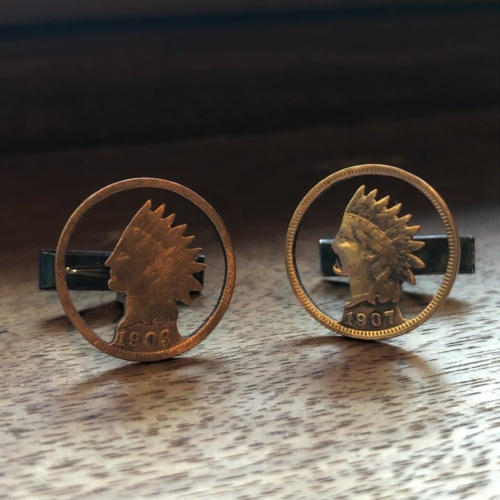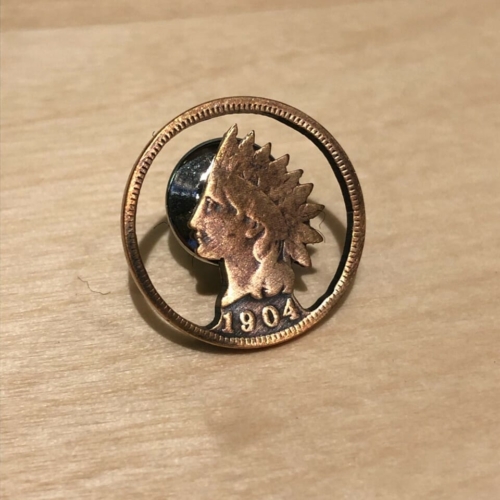-
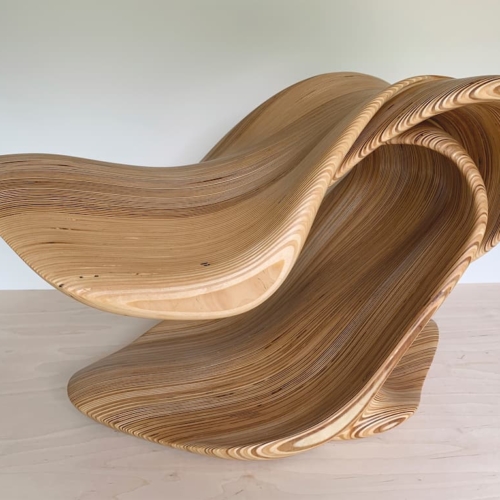 David Knopp Tides, 2023 Baltic Birch plywood 30 x 16 x 19 inches Explore this work and others on view in Rhythms, WEM's 30th Annual Juried Woodworking Exhibition. *Shipping of artworks from the Juried Woodworking Exhibition will be arranged by the artist. Please enter the coupon code juried30 at checkout to receive free shipping on these items. *Member discount cannot be applied to artworks in the Juried Woodworking Exhibition.
David Knopp Tides, 2023 Baltic Birch plywood 30 x 16 x 19 inches Explore this work and others on view in Rhythms, WEM's 30th Annual Juried Woodworking Exhibition. *Shipping of artworks from the Juried Woodworking Exhibition will be arranged by the artist. Please enter the coupon code juried30 at checkout to receive free shipping on these items. *Member discount cannot be applied to artworks in the Juried Woodworking Exhibition. -
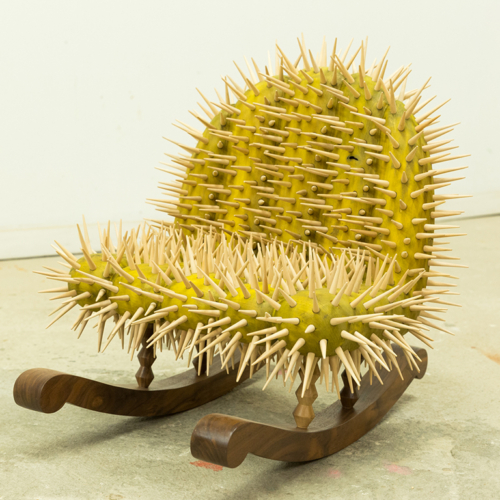 Raul De Lara The Wait (Again), 2022 Walnut, cedar, hemu, lacquer, color pencil, urethane, pigment 21 x 19 x 20 ½ inches Explore this work and others on view in Rhythms, WEM's 30th Annual Juried Woodworking Exhibition. *Shipping of artworks from the Juried Woodworking Exhibition will be arranged by the artist. Please enter the coupon code juried30 at checkout to receive free shipping on these items. *Member discount cannot be applied to artworks in the Juried Woodworking Exhibition.
Raul De Lara The Wait (Again), 2022 Walnut, cedar, hemu, lacquer, color pencil, urethane, pigment 21 x 19 x 20 ½ inches Explore this work and others on view in Rhythms, WEM's 30th Annual Juried Woodworking Exhibition. *Shipping of artworks from the Juried Woodworking Exhibition will be arranged by the artist. Please enter the coupon code juried30 at checkout to receive free shipping on these items. *Member discount cannot be applied to artworks in the Juried Woodworking Exhibition. -
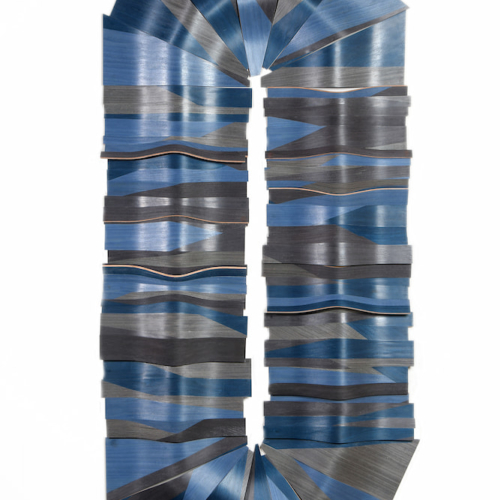 Leah Woods The Space Between, 2024 Veneer 60 x 27 x 3 inches Photography by Charley Freiberg Explore this work and others on view in Rhythms, WEM’s 30th Annual Juried Woodworking Exhibition. *Shipping of artworks from the Juried Woodworking Exhibition will be arranged by the artist. Please enter the coupon code juried30 at checkout to receive free shipping on these items. *Member discount cannot be applied to artworks in the Juried Woodworking Exhibition.
Leah Woods The Space Between, 2024 Veneer 60 x 27 x 3 inches Photography by Charley Freiberg Explore this work and others on view in Rhythms, WEM’s 30th Annual Juried Woodworking Exhibition. *Shipping of artworks from the Juried Woodworking Exhibition will be arranged by the artist. Please enter the coupon code juried30 at checkout to receive free shipping on these items. *Member discount cannot be applied to artworks in the Juried Woodworking Exhibition. -
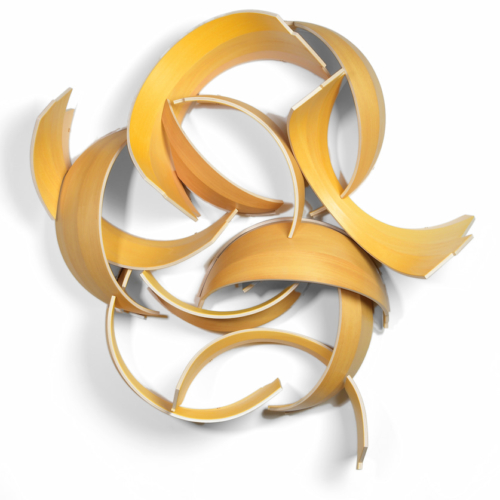 Leah Woods Tangle, 2023 Veneer, plywood 34 x 30 x 14 inches Photography by Charley Freiberg Explore this work and others on view in Rhythms, WEM's 30th Annual Juried Woodworking Exhibition. *Shipping of artworks from the Juried Woodworking Exhibition will be arranged by the artist. Please enter the coupon code juried30 at checkout to receive free shipping on these items. *Member discount cannot be applied to artworks in the Juried Woodworking Exhibition.
Leah Woods Tangle, 2023 Veneer, plywood 34 x 30 x 14 inches Photography by Charley Freiberg Explore this work and others on view in Rhythms, WEM's 30th Annual Juried Woodworking Exhibition. *Shipping of artworks from the Juried Woodworking Exhibition will be arranged by the artist. Please enter the coupon code juried30 at checkout to receive free shipping on these items. *Member discount cannot be applied to artworks in the Juried Woodworking Exhibition. -
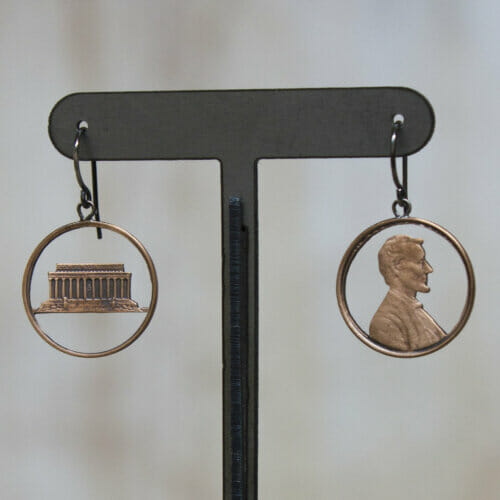
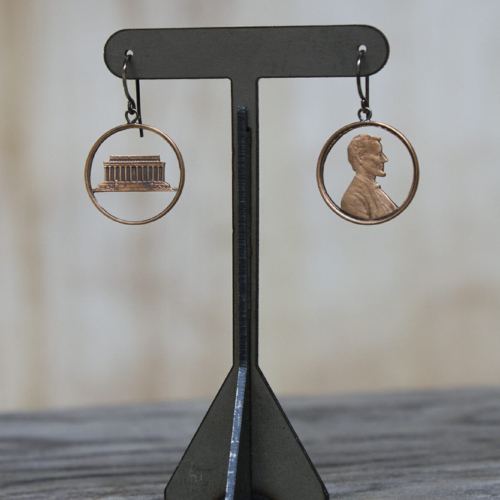 http://www.staceyleewebber.com/ Photo courtesy of the artist
http://www.staceyleewebber.com/ Photo courtesy of the artist -
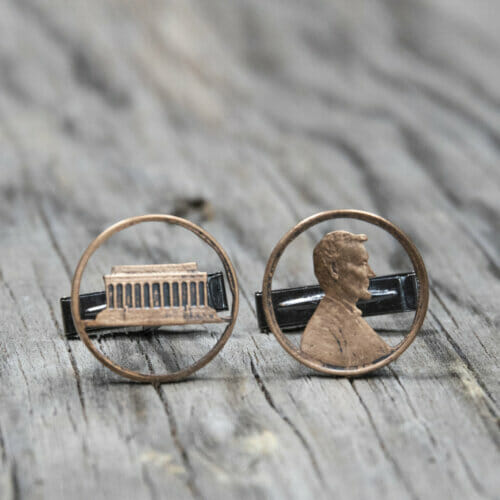 http://www.staceyleewebber.com/ Photo courtesy of the artist
http://www.staceyleewebber.com/ Photo courtesy of the artist -
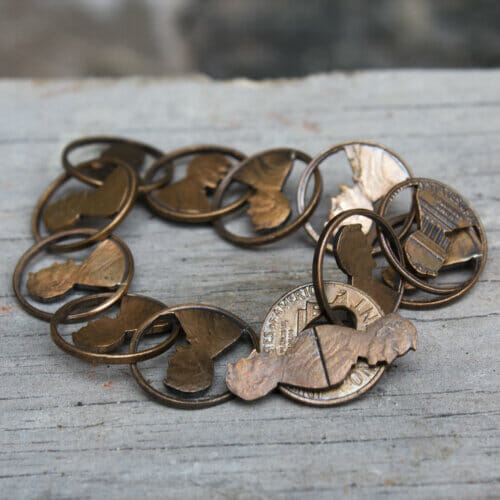 http://www.staceyleewebber.com/ Photo courtesy of the artist
http://www.staceyleewebber.com/ Photo courtesy of the artist -
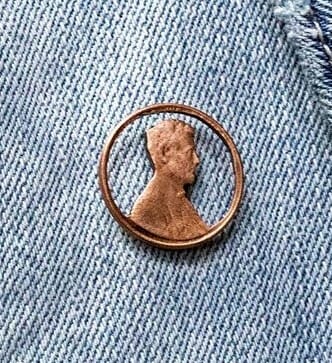 http://www.staceyleewebber.com/ Photo courtesy of the artist
http://www.staceyleewebber.com/ Photo courtesy of the artist -
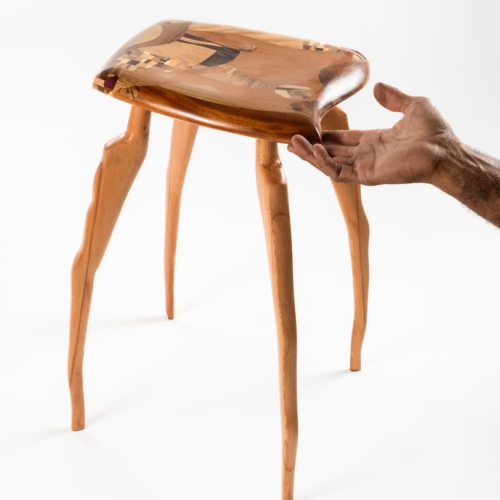 Roberto Gastelumendi S(c)ient, 2023 Wood 14 x 14 x 24 inches Photography by Sibilia Savage Explore this work and others on view in Rhythms, WEM's 30th Annual Juried Woodworking Exhibition. *Shipping of artworks from the Juried Woodworking Exhibition will be arranged by the artist. Please enter the coupon code juried30 at checkout to receive free shipping on these items. *Member discount cannot be applied to artworks in the Juried Woodworking Exhibition.
Roberto Gastelumendi S(c)ient, 2023 Wood 14 x 14 x 24 inches Photography by Sibilia Savage Explore this work and others on view in Rhythms, WEM's 30th Annual Juried Woodworking Exhibition. *Shipping of artworks from the Juried Woodworking Exhibition will be arranged by the artist. Please enter the coupon code juried30 at checkout to receive free shipping on these items. *Member discount cannot be applied to artworks in the Juried Woodworking Exhibition.

